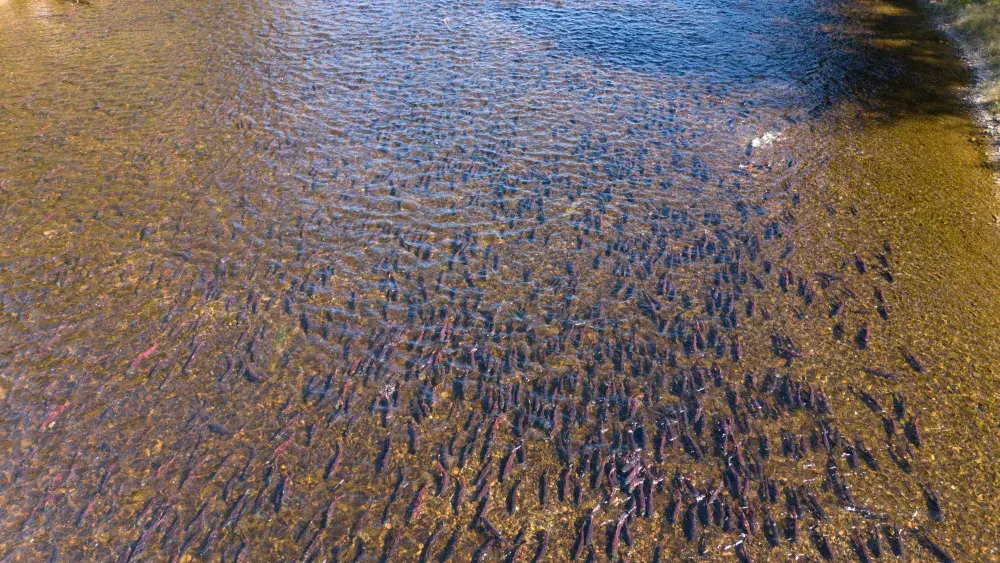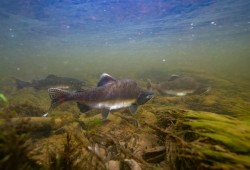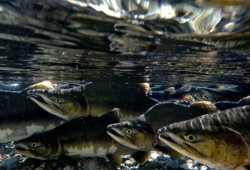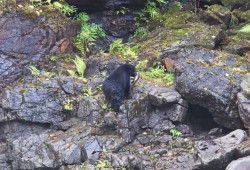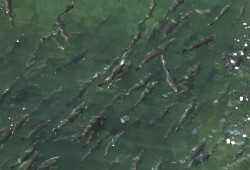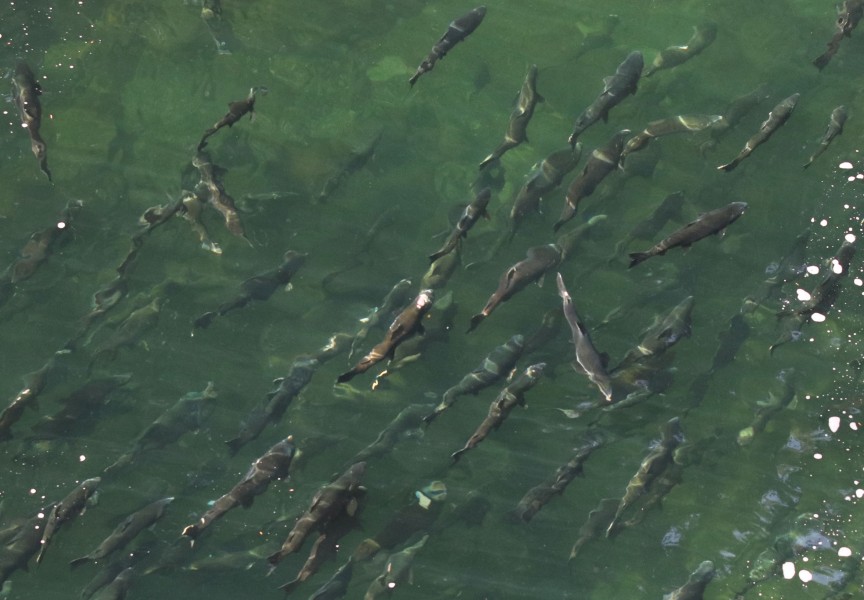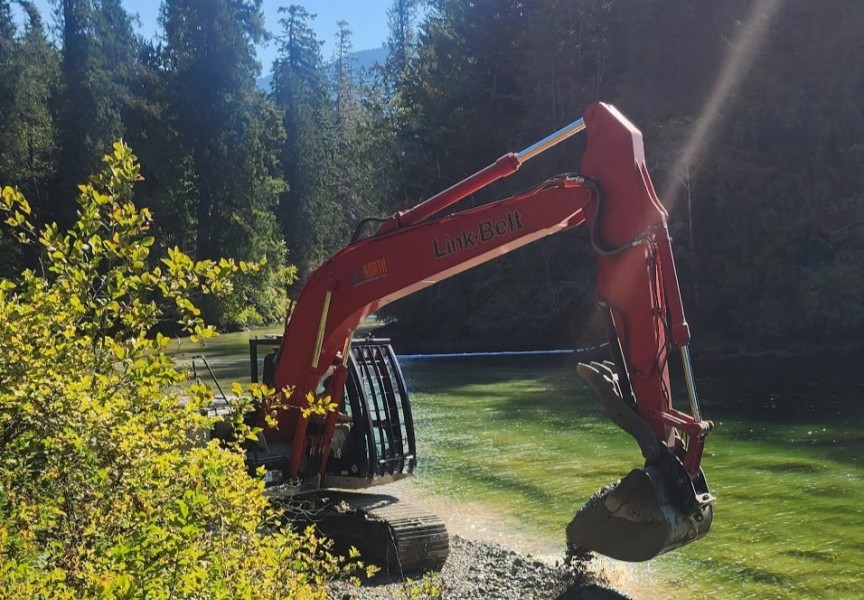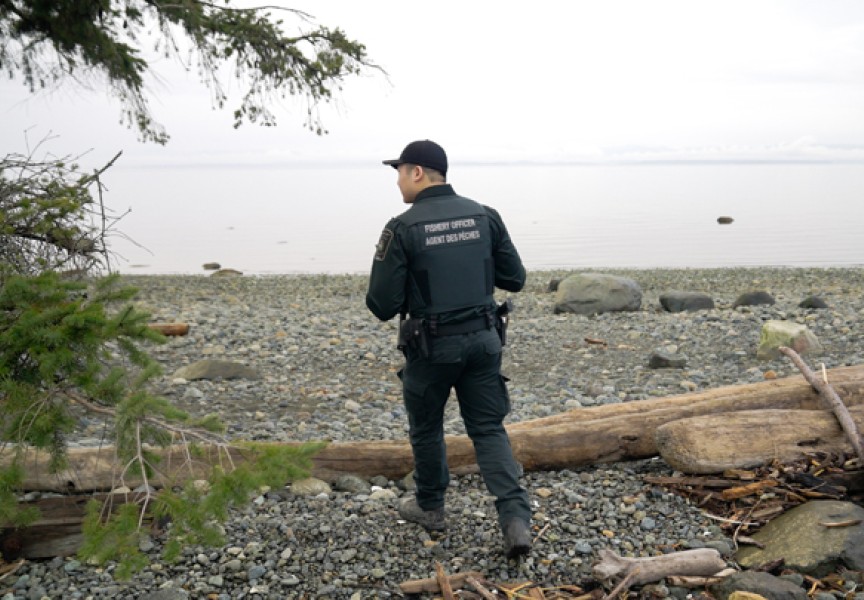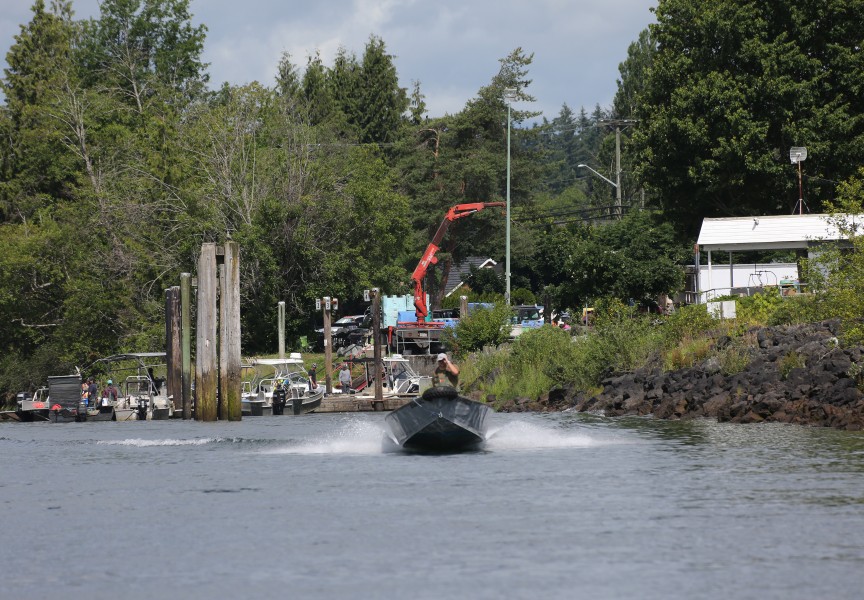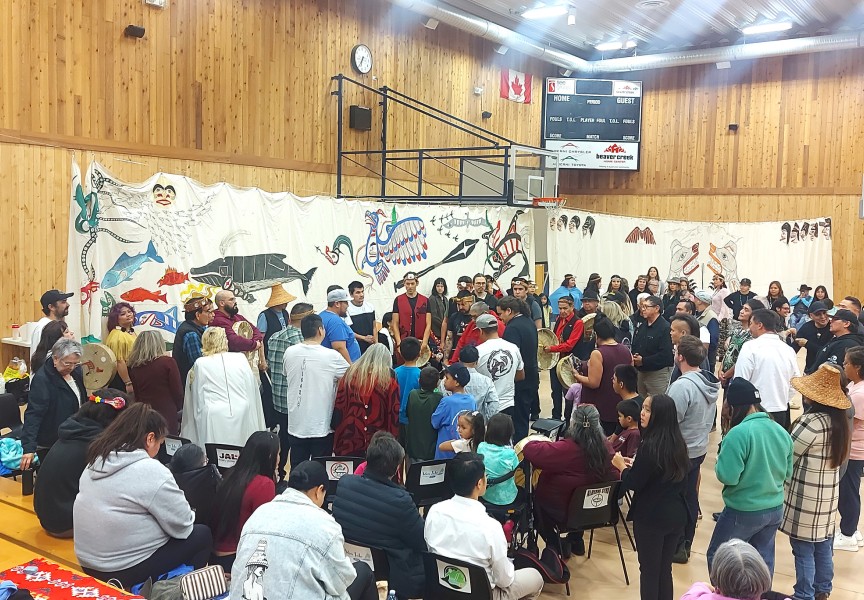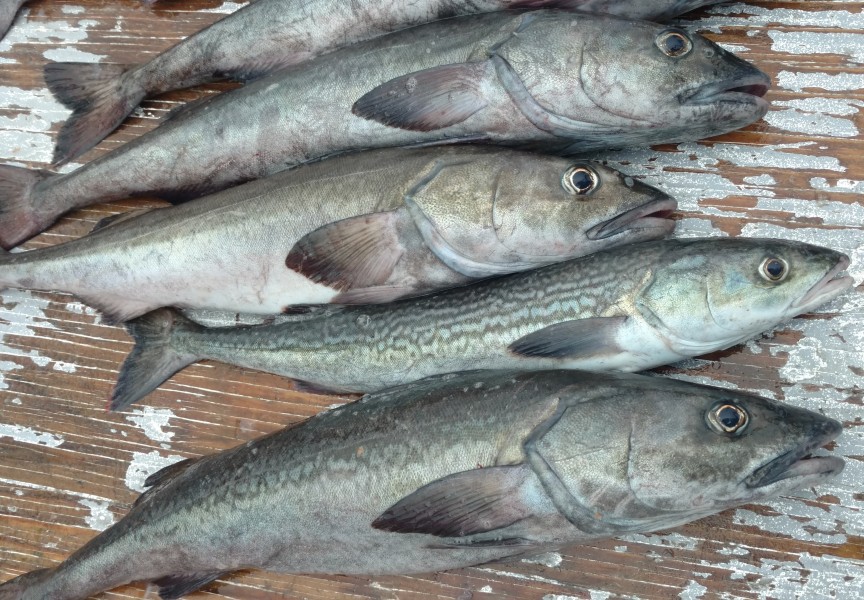Certain salmon populations have rebounded at a considerable rate this year, but that isn’t enough to restore their long-term average, according to the Pacific Salmon Foundation (PSF) in its recent annual State of Salmon Report.
The 2025 report assesses the decline of different Pacific salmon populations in 10 different regions across Western Canada. The six salmon species studied are the chinook, pink, chum, sockeye, coho and steelhead salmon.
An average abundance is based on the raw, annual estimates of either how many salmon spawn – meaning, the number of mature salmon that return to their spawning grounds to reproduce after escaping – or the total abundance – which is the number of spawned and caught salmon that survive to maturity. The long-term average, then, is a collection of all data recorded over the years.
Though two-thirds of regional salmon populations remain below their long-term average, the spawning abundance of pink, chinook, and some species of sockeye salmon populations in the southern regions is increasing at a considerable rate.
The chinook salmon, for example, are above long-term averages for both spawner and total abundances in west and east Vancouver Island and the Mainland Inlets. The pink salmon are well above their long-term average in east Vancouver Island and the Mainland Inlets, with a 164 per cent spawner abundance increase. Sockeye salmon in west Vancouver Island increased by 11 per cent in spawner abundance.
So, why are some salmon populations faring worse than others?
PSF’s 2024 State of Salmon Report highlighted that salmon migration up north is becoming increasingly difficult due to the declining condition of the species and climate change. This still rings true as the long-term averages for northern salmon species remain below average, with prospects of getting worse. However, salmon in the southern regions still comprise most of the rebounding species.
Threats of competition from hatchery-led interbreeding are still an issue. Wild chinook salmon, with a 32 per cent increase in spawner abundance and 47 per cent increase in total abundance in west Vancouver Island over the past year, face a risk of being undermined by interbred hatchery fish if these facilities are excessively relied on. Chum salmon, a previous staple in commercial Canadian fisheries, now face the worst spawner abundance decline out of the studied salmon species. They also face increased competition at sea with hatchery-produced salmon.
Increasing water temperatures, low oxygen levels and droughts are all effecting freshwater. If salmon cannot easily access both freshwater and the ocean, their chances of returning to their spawning area decrease significantly.
For example, the pink salmon’s life span of just two years might be a major factor in their massive rebound this year. According to the report, pink salmon spend the least amount of time in freshwater and adapt to warming oceanic temperatures better than other species.
Industrial development, like logging on west Vancouver Island, stripped the land of old-growth trees which are important to the continuation of the natural water cycle, stated in the report.
The east Vancouver Island and Mainland Inlets Region, including Burrard Inlet, Howe Sound, Smith Inlet, and the Broughton Archipelago, have a unique climate compared to the rest of the regions studied. Streams are more prone to droughts due to the rain-shadow effect, where rainfall is reduced in areas behind mountainous regions facing away from the winds.
The urbanization and industrial development of east Vancouver Island are also contributing to the declining salmon population. The report highlights the Nanaimo River’s marina terminal as an example of how developments can obstruct, and sometimes destroy, natural aquatic ecosystems, disrupting the natural flow of salmon.
However, this year’s annual report provides more insight into how and why certain populations are rebounding.
Salmon populations on east Vancouver Island spend their early life in the Salish Sea, which was uninhabitable for salmon species in the ‘90s. But the increase in abundance of pink, chinook, some coho and sockeye salmon indicate that the conditions of the Salish Sea might be improving.
The PSF highlighted mass closures of commercial fisheries as a key reason why sockeye, chinook and some coho salmon are rebounding at an unprecedented rate. The release of hatchery-grown fish into the wild also helped chinook species increase.
Considerable data gaps and reduced monitoring in the Northern and Central regions, like Central Coast, Haida Gwaii and Northern Transboundary, made calculating widespread declines harder. For areas where the PSF couldn’t source recent and relevant data, they used data from the Fisheries and Oceans Canada (DFO) spawner surveys to help examine missing data. However, they go up to 2023, meaning many species of salmon could be experiencing worse conditions than hypothesized.

